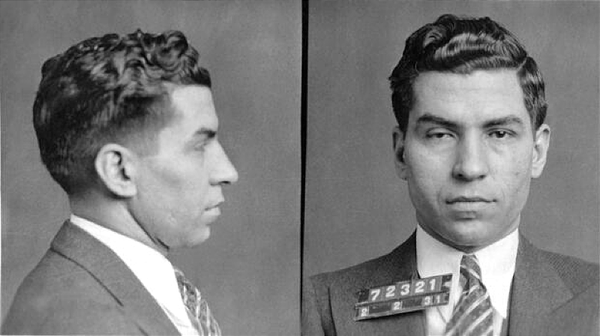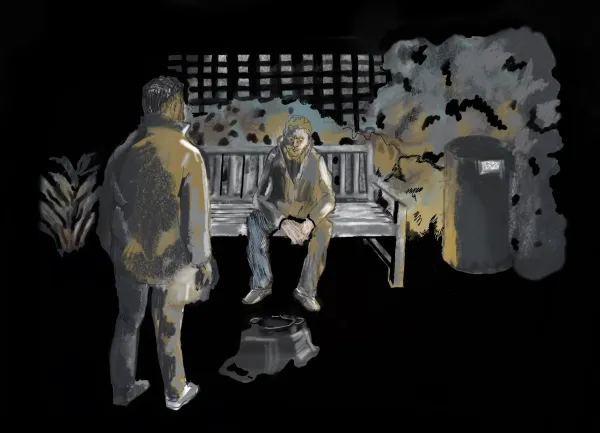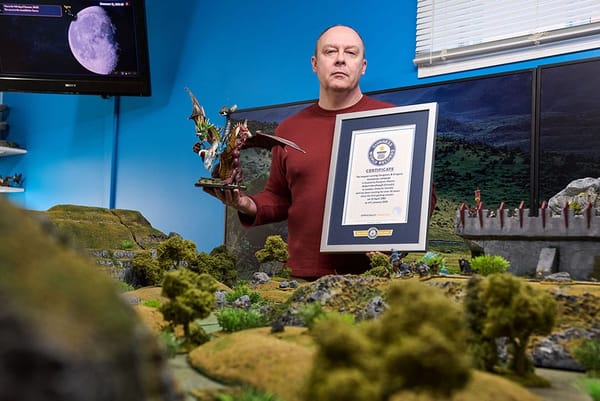Inside the vast network of tunnels underneath Gaza
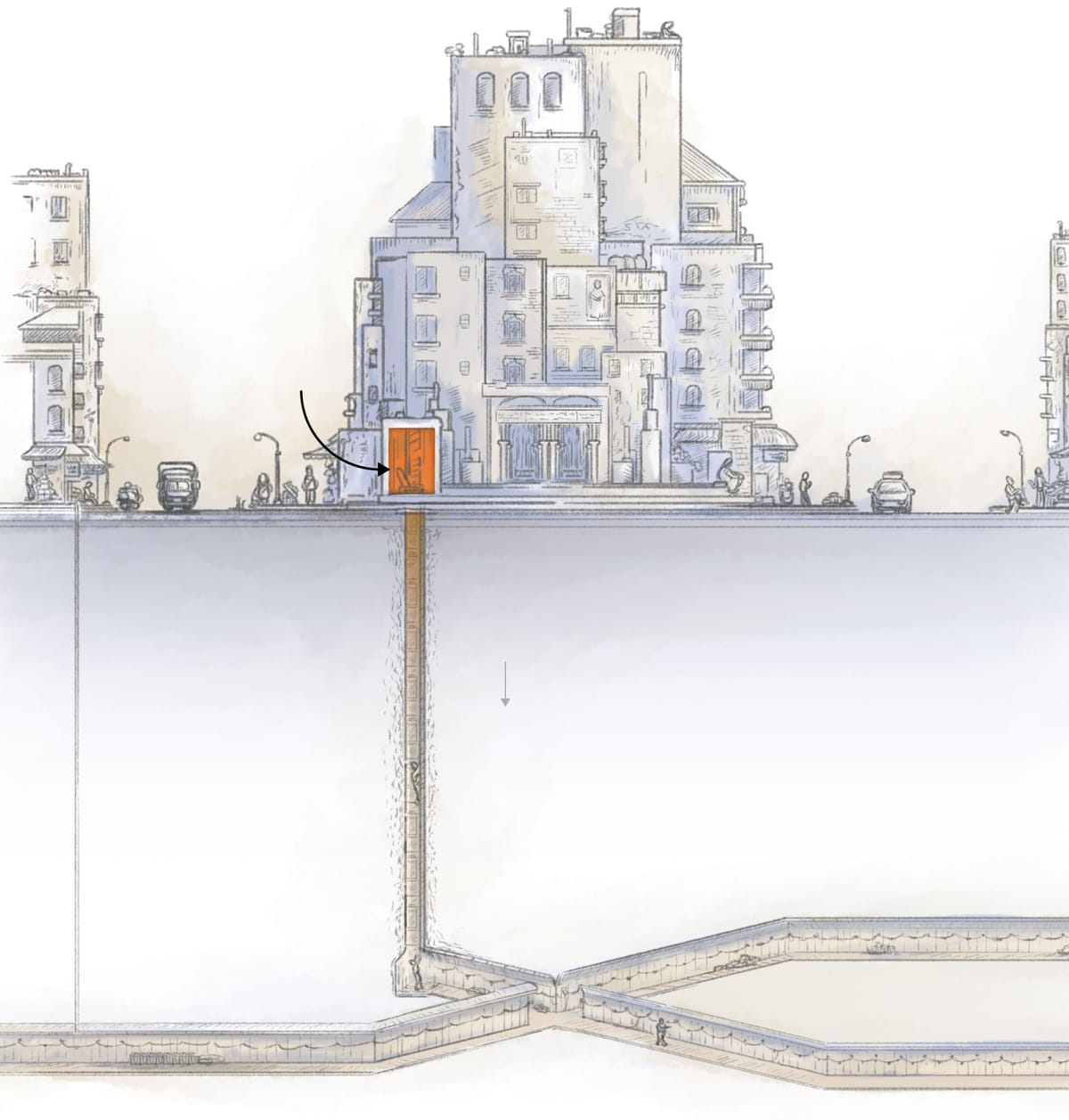
From Marco Hernandez at the New York Times: "Hamas militants have built a maze of hidden tunnels some believe extend across most if not all of Gaza, the territory they control. And they are not mere tunnels. Snaking beneath dense residential areas, the passageways allow fighters to move around free from the eye of the enemy. There are also bunkers for stockpiling weapons, food and water, and even command centers and tunnels wide enough for vehicles, researchers believe. Ordinary-looking doors and hatches serve as disguised access points, letting Hamas fighters dart out on missions and then slip back out of sight. No outsider has an exact map of the network, and few Israelis have seen it firsthand. But photos and video and reports from people who have been in the tunnels suggest the basic outlines of the system and how it is used."
How a 'refund fraud' ring stole almost a million dollars from Amazon
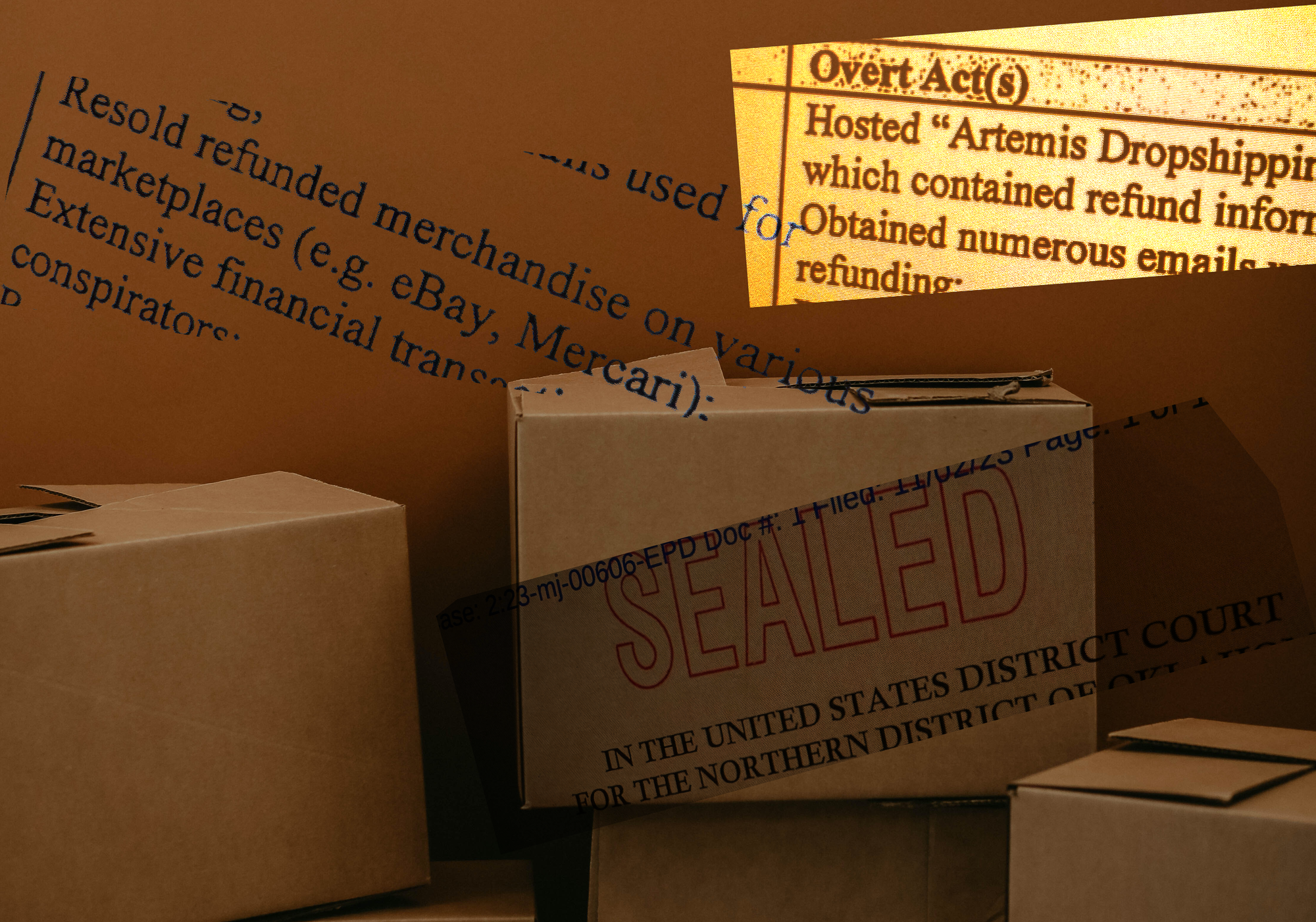
From Joseph Cox for 404 Media: "The U.S. government has indicted alleged members of a criminal group that uses insiders at Walmart and other techniques to commit 'refund fraud' on a massive scale, according to recently unsealed court records. In short, the scam involves someone ordering an item from, say, Amazon—which in this case says it lost $700,000—receiving the item, and then using one of various tricks to get their money back from the retailer. The person is then free to sell the item online, and the criminal group takes a fee. The indictment reveals a professionalized ecosystem of sellers and people providing various services as part of the wide-reaching scam. As well as malicious insiders, refund scammers take advantage of customer service representatives and online retailers’ lax refund policies to get expensive items for free. "
Why the human brain perceives small numbers better than large ones

From Yasemin Saplakoglu for Quanta: "More than 150 years ago, the economist and philosopher William Stanley Jevons discovered something curious about the number 4. While musing about how the mind conceives of numbers, he tossed a handful of black beans into a cardboard box. Then, after a fleeting glance, he guessed how many there were, before counting them to record the true value. After more than 1,000 trials, he saw a clear pattern. When there were four or fewer beans in the box, he always guessed the right number. But for five beans or more, his quick estimations were often incorrect. Jevons’ description of his self-experiment, published in Nature in 1871, sparked a long-lasting and ongoing debate about why there seems to be a limit on the number of items that human beings can accurately judge to be present in a set."
Editor's note: If you like this newsletter, I'd be honoured if you would help me by contributing whatever you can via my Patreon. Thanks!
What if money expired?
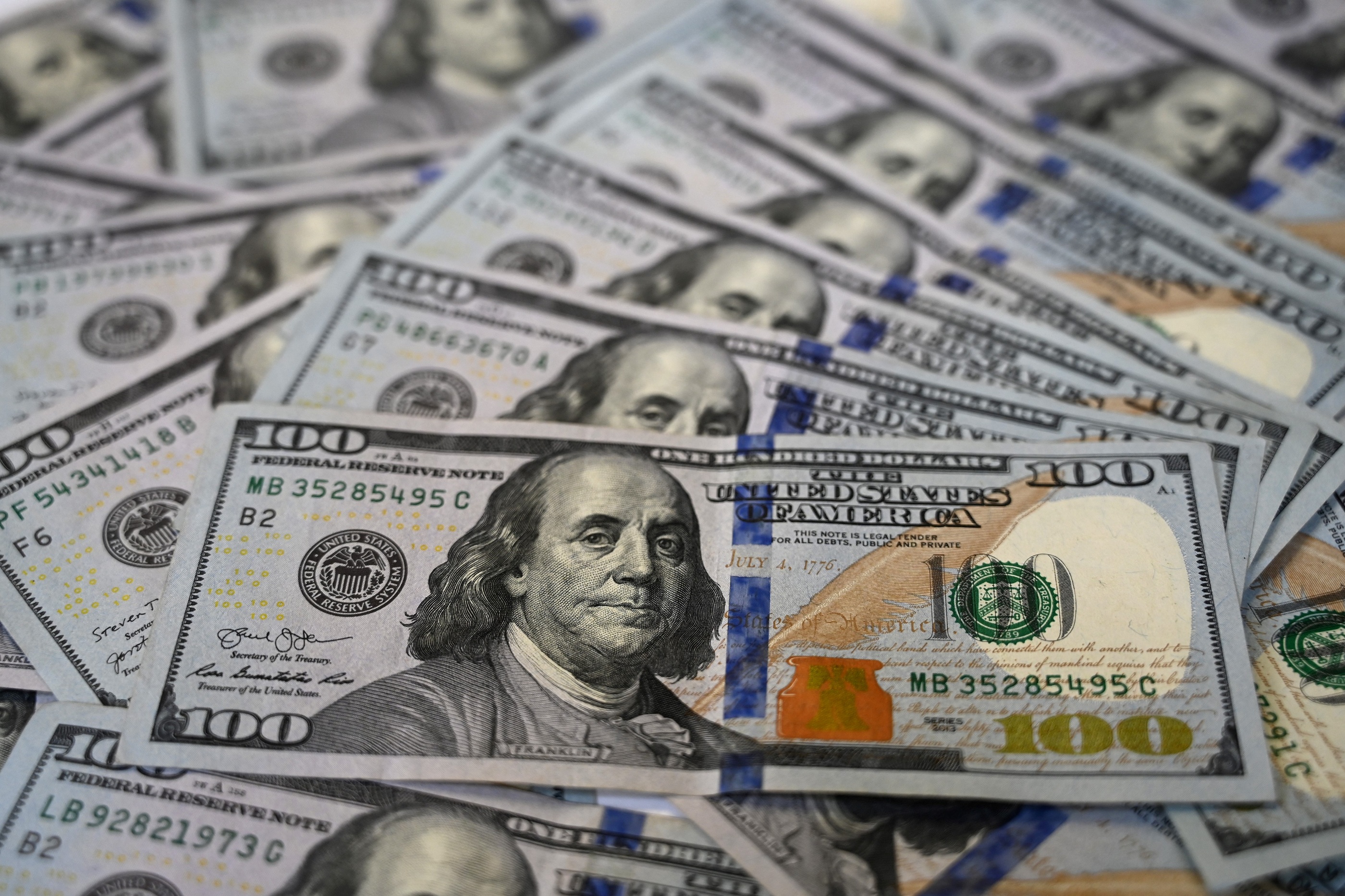
From Jacob Baynham at Noema: "Money as we know it wasn’t created until around 600 B.C.E. when Lydia, a kingdom in modern-day Turkey, created what many historians consider the first coins: lumps of blended gold and silver stamped with a lion. The idea spread to Greece, where people started exchanging their goods for coins in public spaces called agoras. Today, there is about $2.34 trillion of physical U.S. currency in circulation, which accounts for just 10% of the country’s gross domestic product. More than a century ago, a wild-eyed, vegetarian, free love-promoting German entrepreneur and self-taught economist named Silvio Gesell proposed a radical reformation of the monetary system as we know it. He wanted to make money that decays over time. A man with a pocketful of money, he argued, does not possess equivalent wealth as a man with a sack of produce, even if the market agrees the produce is worth the money."
The man who bought Stonehenge, and then gave it away

From Dan Lewis for Now I Know: "Stonehenge is now a UNESCO World Heritage Site operated by a group of British agencies. But from the time of Henry VIII until the early 1900s, Stonehenge sat on property that was privately owned. In 1820, the Antrobus family acquired that property, and a century later, Sir Edmund Antrobus died in World War I. In 1915, the Antrobus’ estate auctioned off the land, and Cecil Chubb stepped in. He was a very successful barrister who married rich — his wife, Mary, would later inherit several businesses and buildings from her uncle. Mr. Chubb attended the auction of Stonehenge and purchased it “on a whim, according the Smithsonian Magazine, for £6,600, or about $500k to $1m today. His reason? According to Quartz, he wanted a gift for his wife."
Scientists don't really know how or why anesthesia works

From Kate Sheridan for Newsweek: "If you're planning to have major surgery soon, you might not want to read this next sentence. Scientists don't actually know why general anesthesia works—though some scientists in Australia think they might be one step closer to the answer. We do know the basics: breathe in, get knocked out. (Another common option is to have the drugs introduced using an intravenous line.) The "knocked out" part happens because the general anesthesia forces your brain cells to communicate with each other less. If that sounds vague, too bad. That's all we know for sure. Or, as anesthesiology professor Dr. Bill Perkins put it in Scientific American, "precisely how inhalational anesthetics inhibit synaptic neurotransmission is not yet fully understood."
An elk leaping through the forest
The size of this elks leap
— Science girl (@gunsnrosesgirl3) November 14, 2023
pic.twitter.com/XB4JIDPL3g
